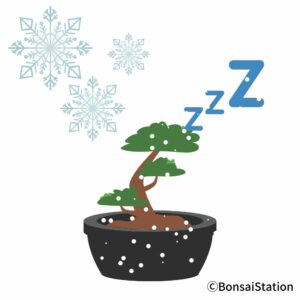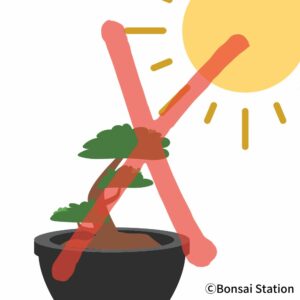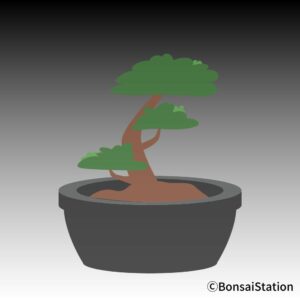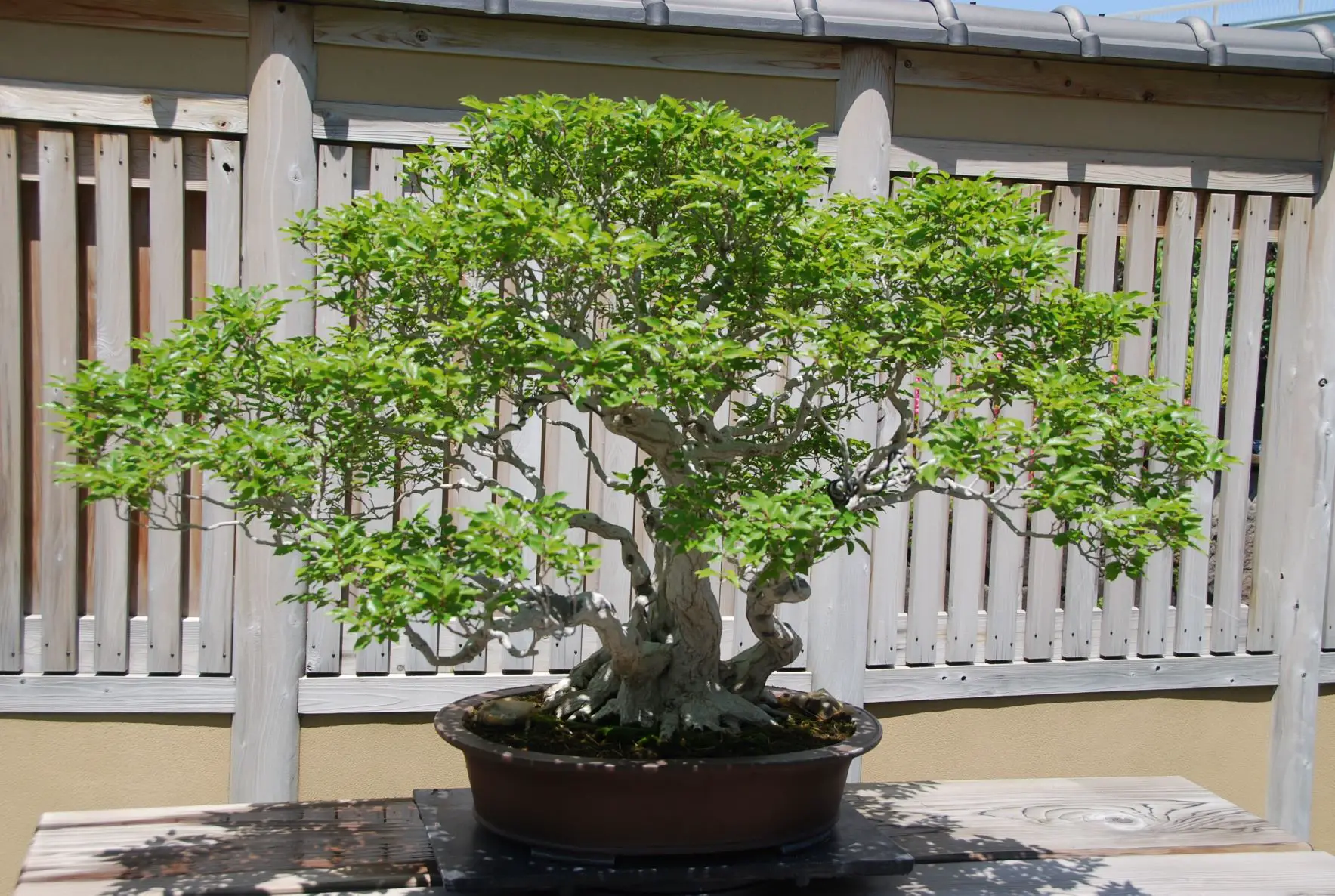Bonsai trees seem to stop growing in winter and you might be wondering if they need water and light at all.
Bonsai trees, regardless of whether they are deciduous or evergreens, need water in winter. While deciduous bonsai trees do not need light, evergreen species need it to produce energy.
Do bonsai need water in winter?
Bonsai trees, regardless of species, need water in winter.
There are two major classifications of bonsai species: deciduous and evergreen. Deciduous trees are those that shed leaves in fall and evergreens stay green throughout the year.
Bonsai trees and winter dormancy

In the late fall, deciduous bonsai trees go dormant by shedding leaves and covering shoots into buds. It seems they go dormant altogether but it is only their aerial portions (i.e. trees above the soil) that stopped growing.
Their root systems do not go dormant because they live in a more protected environment surrounded by soil mass underground. Roots store nutrients for spring foliage and continue to slowly grow when the soil temperature is at least above 40°F (4°C), though the minimum temperature for root growth depends on the species.
As to evergreen bonsai trees, they do not completely go dormant in winter. They continue to make energy through their leaves and roots absorb water for that.
If you have a hard time telling whether your bonsai tree is dead or dormant, the following post will help you.
Watering in winter

Roots need water year-round as they do not go dormant. They do not need as much water as during the warm season because their growth is very slow but they do need it. Once roots are completely dried up, they are dead and unrecoverable.
How often to water in winter
Under a temperate climate, you should water your bonsai tree once every three days in winter.
But this general rule should be altered depending on several factors such as the soil in which your bonsai tree is planted, climate/weather of your region, and tree species and its growth stage.
You need to observe your bonsai tree carefully and water them when the soil is half dry late in the morning. The timing of watering in winter is important because the water in the soil should be adequately drained and dried before sunset to protect the roots from freezing.
If you are interested to know more about watering bonsai trees, the following post will be helpful.
Winter protection for roots

Although roots do have some physiological mechanisms for frost tolerance, the protection is not as much as the aboveground organs. Bonsai roots need winter protection more than normal trees because their pots are shallow and are more susceptible to frost damage than trees planted in the ground.
Apart from placing the trees in the greenhouse, the following measures can be taken to prevent them from dying in the winter.
- Put the pots in a box
- Bury the pots in the ground
- Prevent cold and dry wind, and
- Prevent frost using plant cover.
For more details about bonsai winter protection, the following post will be helpful.
Do bonsai need light in winter?
Deciduous bonsai trees and light
Do deciduous bonsai trees need light in winter?

Deciduous bonsai trees during a dormancy state do not need light as they are in deep suspended animation.
Deciduous trees go dormant in the late fall. After they completely go dormant, they do not grow even under good, warm, growing conditions. This dormancy, called “endo-dormancy”, is a plant winter protection system that prevents growth even under ideal external growing conditions.
Can deciduous bonsai trees be moved under shade?

Deciduous bonsai trees can be moved under a shade or a much darker place in winter.
But keep in mind that the roots need moisture as well as oxygen. Without sunlight under low temperatures, the soil does not dry at all and can always be wet, preventing roots from respiration.
Also, deciduous bonsai trees need warmer temperatures as well as prolonged daylight to break dormancy. Trees need to go through a chilling period of temperatures above freezing but still cool before warmth as well. You cannot suddenly move the trees under the sun in spring and wake them up from dormancy.
So if you decide to move your bonsai trees to a darker place, you need to place them back long before you feel the spring is coming. The delicate balance between the temperature and the daytime wakes them from winter sleep.
Evergreen bonsai trees and light
Evergreen bonsai trees, on the other hand, need light in winter because they continue to produce energy throughout the year with their leaves. It is better if they are kept in a place where they get enough sunlight and airflow but they can also be kept in the shade which usually may not have a negative effect on their growth.




